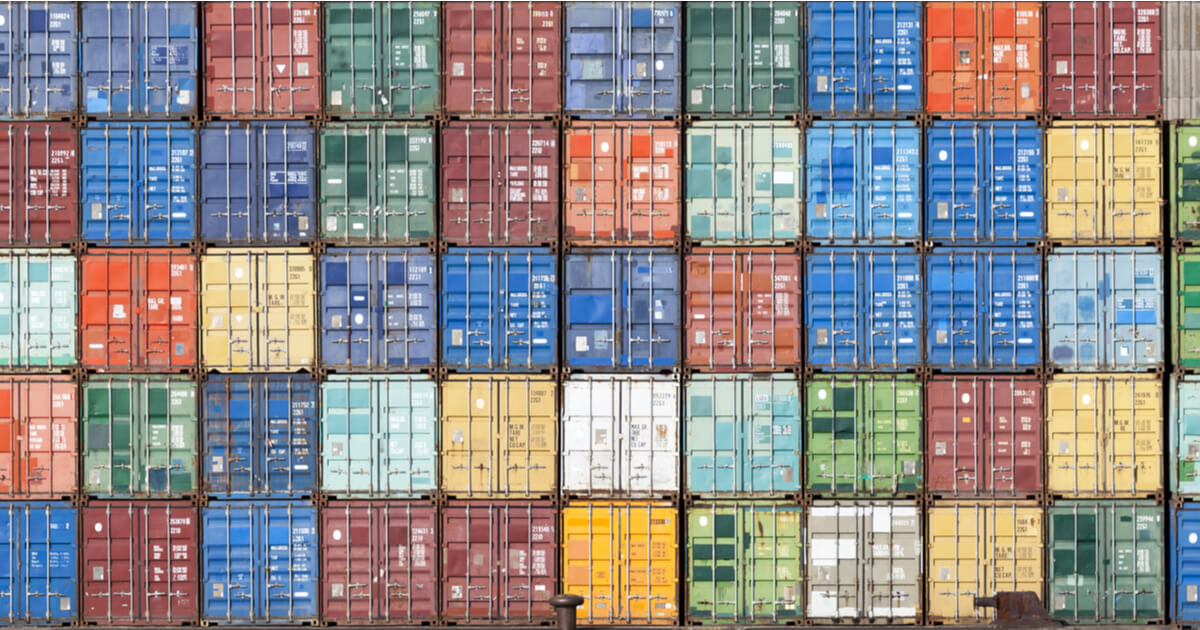
The American Great Lakes Associations are focused on infrastructure upgrades because ports are experiencing a supply chain surge.
Shipments of container cargo, wind turbines, steel, and agricultural exports continue to make 2022 among the busiest for the Great Lakes Seaway Navigation System. Some vessels are pivoting away from backlogged ocean ports and rerouting to the five Great Lakes through connecting channels and the St. Lawrence River. The system ranks among the longest global deep draft navigation systems. In May, ports at Cleveland, Ohio, and Duluth, Minnesota, saw a marked increase in new container transport.
“The Port of Cleveland played an instrumental role in developing viable container shipping between Europe and the Great Lakes when it introduced a direct service to Antwerp. A comparatively small container ship of under 1,000 TEU has feasibly carried containers between Antwerp and Cleveland, with rates that compete with the alternative option — a mega-size container ship sailing to Port of Newark followed by high-cost railway connection to Cleveland,” American Great Lakes Ports Association executive director Steve Fisher reportedly said. “The Port of Duluth involves an even greater railway distance (1,250 miles), making direct Duluth – Europe container shipping potentially more attractive.”
Along with rising delays at the Port of New York and New Jersey, and bottlenecks in California, the cost of diesel appears to be playing a pivotal role in freight transportation logistics. Truck diesel rose every week during May, reaching record highs across the country. California hovered at $6.52 per gallon on average at the close of May. New York was more than a dollar less per gallon at $5.489. But the Midwest remains consistently lower, and the month closed at $5.247 per gallon. The high price of diesel has been something of a thorn in the side of owner-operators and mom-and-pop freight hauling operations.
“The rise in fuel prices has prompted renewed interest in expanding container shipping at America’s Great Lakes ports, like Duluth and Cleveland. There is potential for Port of Duluth to develop containerized dry bulk agricultural exports to Europe, where growing numbers of customers are willing to take delivery of containers of agricultural produce,” Fisher reportedly said.
Fisher recently went on the record outlining the progress of the “Infrastructure Priorities for Great Lakes Ports” plan. It’s easy to see more truck driving opportunities and improvements in reduced wait times. These include the following.
- Harbor Maintenance: A $10 billion investment is underway to dredge and deepen harbors. More than a $400 million backlog of dredging projects are being prioritized. More than $500 million in general maintenance still needs to be performed.
- Soo Locks: The Sault Ste Marie Locks in Northern Michigan, aka “Soo Locks,” need replacement that cost $1.38 billion. Officials plan is to build a new 1,200-foot lock to replace two older Soo locks on the St. Mary’s River. The project reportedly received funding from the federal Infrastructure package.
- Ice Breaking: The Great Lakes system relies on ice-breaking abilities to keep shipping lanes open. The fleet has dwindled from 14 to nine vessels over the last 50 years. Congress reportedly agreed to fund the construction of a new icebreaker.
The Army Corps of Engineers is also working diligently to restore inland infrastructure damaged by storms and coastal flooding. It appears CDL holders will see increased opportunities along the Great Lakes port system.











Is this a paid advertisement?
In any event the question is, how many dummies are willing to work in such a poor working environment for very little compensation?
And why didn’t this guy promote the fact that there are no expensive clean air provisions for power equipment there? More pollution-great!